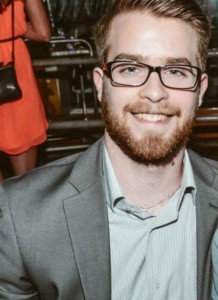Executive Summary
Galiano Island is a small rural community, home to about 1100 residents. Its population is mostly made up of seniors, but recently there has been an influx of young families. The Galiano Food Program provides this community with events and services to improve food security and foster agricultural interest. Our group collaborated with the Food Program to create an accessible and comprehensive index of Galiano Island’s agricultural products. To do so, we gathered and utilized information on local food production, which will also serve as a guide for the effective implementation of future initiatives by the Food Program. However, we were unable to find any existing research on either the agricultural history of Galiano Island, or on the current state of its food system. As a result, we were forced to rely solely on the information garnered from personal interviews to devise the index.
These interviews were scheduled beforehand to maximize our limited time on the Island. The questions posed to farmers focused on the types of produce they grow and which seasons they are available for consumption. Similarly, the questions posed to food business owners were in regards to which ingredients they were able to source locally, and how often throughout the year they were able to do so. The results from the interviews were then organized by season and by either producer or distributor into a flyer, which listed the available locally grown produce during those months. Our group strove to conduct all of the interviews in person, however this was impossible due to time constraints and scheduling conflicts. Thus, some businesses and producers were interviewed by email or phone at a different time.
Future research and compilation of agricultural data, both qualitative as well as quantitative, would be advantageous for the community. It would allow changes and improvement to be tracked, as a measurement of success for different programs. One suggestion for the local food program would be to continue to expand on the index in the future, as more small-scale producers arise or different agricultural products become available on the island. By providing up-to-date information on the local producers, the Galiano Food Program will facilitate the growth of a customer-base for the community’s small food businesses. A growth in local demand may result in increased agricultural production from current and future farms, which would improve the island’s food security as a whole.
Moment of Significance
As we complete both this semester and our project, it is important to reflect on moments of significance that influenced our group throughout the process. Many of the moments that had the greatest impact on our group occurred during our weekend working with the community. Actually being there and working with community members on this effort was far more engaging than any previous work we had done in preparation. One of the most enlightening experiences took place on our first night on the island at the town’s hall, where we helped cook and share a nutritious meal with some of the local residents. Taking part in this event allowed us to engage with the people we would be helping, and gave us a better understanding and appreciation of the community we were working with.
Another moment of significance was the bonfire that our community partner invited us to on Halloween night. Though the event was not focused on the food system or food security on the island, this opportunity allowed us to understand more about the community. Engaging with the island’s families and residents at a local celebration gave us a greater insight into who the audience for our index was, and how we could best develop it to fit their needs.
If we were given the opportunity to do this again, we would have tried to find a way to take two trips to the island for research and information gathering. This is largely due to the fact that not all contacts and providers had sufficient time to meet with us or had altered schedules. Even though email and phone interviews proved to be more direct for information gathering, it would likely have been more appropriate to keep our information gathering methods consistent to eliminate potential biases. That being said, with the time and resources we had available to us, we feel that we made the best of our opportunities and are providing a useful flyer for the residents to inform themselves with.
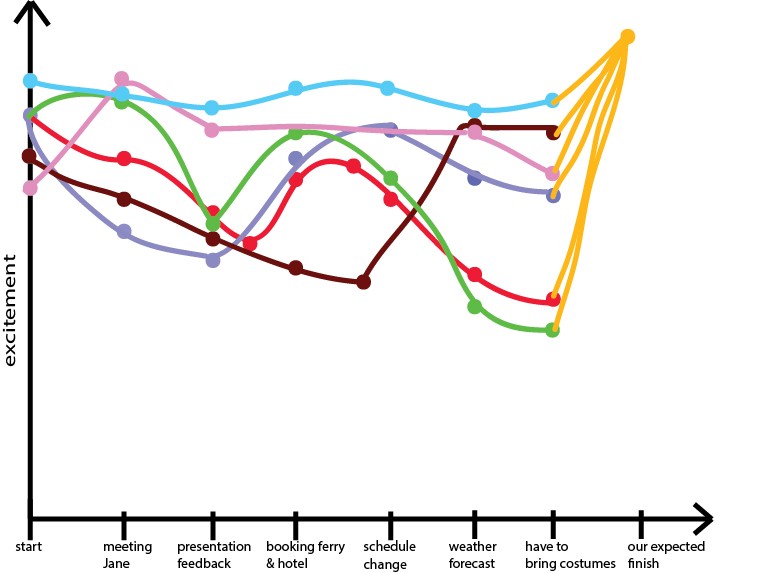
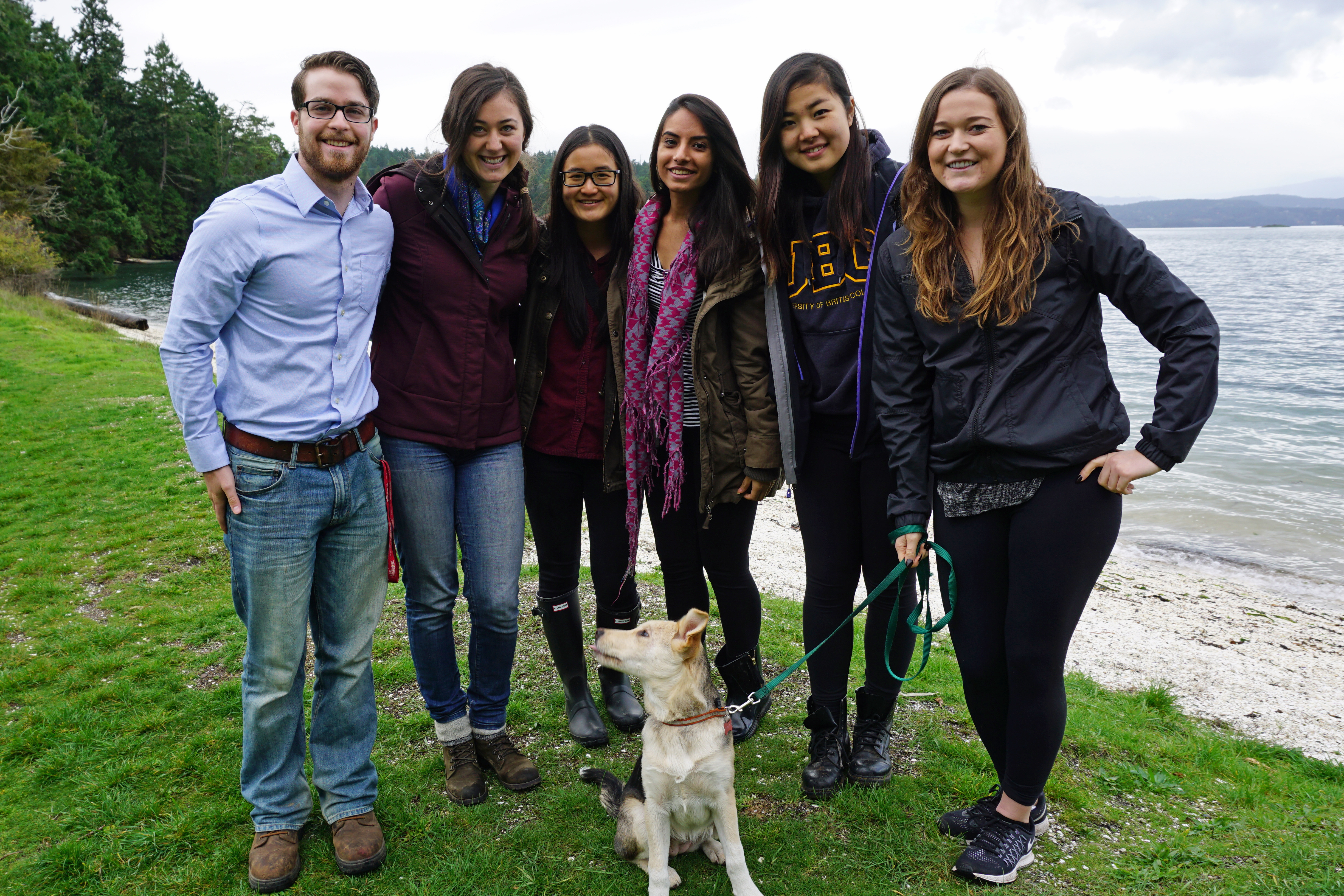
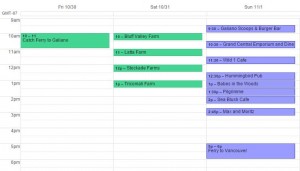
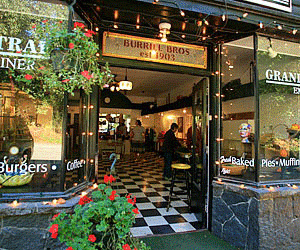
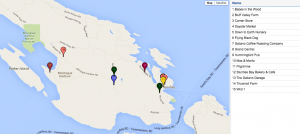


 Ashraf: Hi! My name is Ashraf, and I am studying Food Market Analysis here at UBC. I am keen about concepts such as nutrition, food policy development, trade systems and consumer behavior, all of which form the core of food market analysis. I am also interested in synergizing my background in science with knowledge in economics, finance and marketing, which is why I have taken on a minor in Commerce. Overall, the core of food science as well as the core of food resource economics and commerce will provide me with the knowledge on how to relate nutrition and health with the marketing of food, and complex consumption patterns, and hopefully take that knowledge back home to Uganda one day. Outside of school, I love watching TV shows, planning events as President of a club on campus, and eating of course!
Ashraf: Hi! My name is Ashraf, and I am studying Food Market Analysis here at UBC. I am keen about concepts such as nutrition, food policy development, trade systems and consumer behavior, all of which form the core of food market analysis. I am also interested in synergizing my background in science with knowledge in economics, finance and marketing, which is why I have taken on a minor in Commerce. Overall, the core of food science as well as the core of food resource economics and commerce will provide me with the knowledge on how to relate nutrition and health with the marketing of food, and complex consumption patterns, and hopefully take that knowledge back home to Uganda one day. Outside of school, I love watching TV shows, planning events as President of a club on campus, and eating of course!
